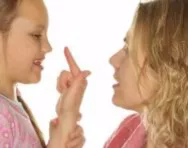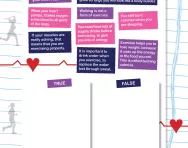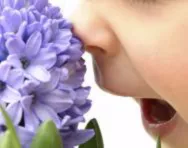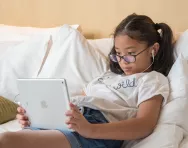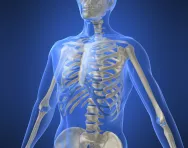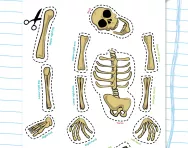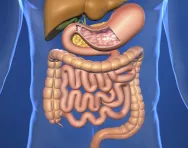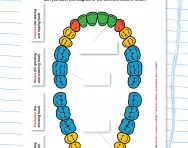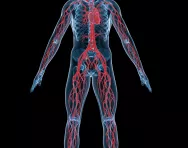Important update from TheSchoolRun
For the past 13 years, TheSchoolRun has been run by a small team of mums working from home, dedicated to providing quality educational resources to primary school parents. Unfortunately, rising supplier costs and falling revenue have made it impossible for us to continue operating, and we’ve had to make the difficult decision to close. The good news: We’ve arranged for another educational provider to take over many of our resources. These will be hosted on a new portal, where the content will be updated and expanded to support your child’s learning.
What this means for subscribers:
- Your subscription is still active, and for now, you can keep using the website as normal — just log in with your usual details to access all our articles and resources*.
- In a few months, all resources will move to the new portal. You’ll continue to have access there until your subscription ends. We’ll send you full details nearer the time.
- As a thank you for your support, we’ll also be sending you 16 primary school eBooks (worth £108.84) to download and keep.
A few changes to be aware of:
- The Learning Journey weekly email has ended, but your child’s plan will still be updated on your dashboard each Monday. Just log in to see the recommended worksheets.
- The 11+ weekly emails have now ended. We sent you all the remaining emails in the series at the end of March — please check your inbox (and spam folder) if you haven’t seen them. You can also follow the full programme here: 11+ Learning Journey.
If you have any questions, please contact us at [email protected]. Thank you for being part of our journey it’s been a privilege to support your family’s learning.
*If you need to reset your password, it will still work as usual. Please check your spam folder if the reset email doesn’t appear in your inbox.
Learning about the body in primary school
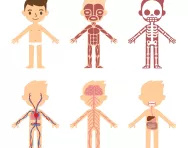
What are children taught about the human body in primary school?
Humans are a type of animal (a mammal).
In primary school children learn about:
- The main human body parts: head, neck, arms, elbows, legs, knees, ankles, face, nose, eyes, hair, mouth, teeth
- The five senses: taste, touch, smell, hearing and sight
- The importance of exercising the body and eating the right amounts of food to stay healthy
- The importance of hygiene
- The human skeleton
- Human teeth and their function
- The human digestive system
- How the human body changes and develops as it gets older
- Puberty
- The human circulatory system
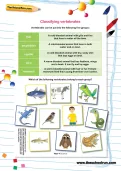
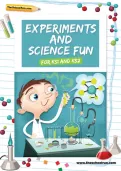
Download fantastic science resources today!
- Experiments And Science Fun pack
- Science Learning Programme for each school year
- All the instructions, questions and information you need
When are children taught about the body?
In Year 3 children are taught about the skeleton. The human skeleton is made up of over 200 bones. Your skeleton helps to hold you together and protect the rest of your body.
In Year 4 children will learn about teeth and the digestive system. Human beings have two sets of teeth, milk teeth and adult teeth. There are four different types of teeth: molars, pre-molars, canines and incisors. A tooth is made up of different parts; enamel, dentin, pulp, root and crown. Digestion is how your body breaks down and processes food that you eat.
In Year 5 children learn about puberty and how the human body develops over time, including the changes children experience during puberty.
Year 6 children learn about the circulatory system and revisit the importance of exercise and healthy eating. As part of their study of the circulatory system they learn how the heart works and blood travels around the body. The heart is a muscle that pumps blood around your body; blood carries oxygen and nutrients to your brain and organs.
How are children taught about the body?
Children will learn about basic human anatomy and physiology though a wide range of activities.
- They will draw and label diagrams of body parts, skeletons, teeth, digestive systems and circulatory systems and timelines of the human body.
- Children will see videos, diagrams and models of the human body.
- They will use their senses to compare and contrast tastes, sounds, smells and textures.
- Schools may invite guest speakers such as doctors, dentists and nurses in to speak to the children.
- Books and the internet will be used to research the different topics associated with the human body.
- Children may plan and carry out scientific investigations to ask questions about the impact of exercise on their body and measure their heart rate or pulse. They will take part in physical education lessons and swimming lessons.
- They may be asked to produce posters about personal hygiene such as washing hands and cleaning teeth.
- When learning about healthy eating children may play interactive computer games to sort foods, plan a healthy meal or lunchbox, take part in cookery lessons, grow vegetables, compare and contrast information on food packaging and visit a supermarket.
Understanding-the-body activities to do at home:
- Visit the library and look for books about the human body
- Discuss how to care for your teeth with your child (and visit the dentist!)
- With young children, sing songs about body parts.
- Discuss puberty and changes to the human body with your child (read out guide to talking to your child about sex and relationships for useful pointers)
- Enjoy exercise and sports together: go swimming, kick a ball at the park, go on a bike ride, dance to music or go for a walk
- Discuss food and what makes a balanced diet; cook and grow food together
- Look at the information on food packaging
- Download some human body learning apps for your child's device
TheSchoolRun offers worksheets and activity ideas for all the human body topics taught at primary school. Look through our human body worksheets to find year-group-appropriate ones for your child.













